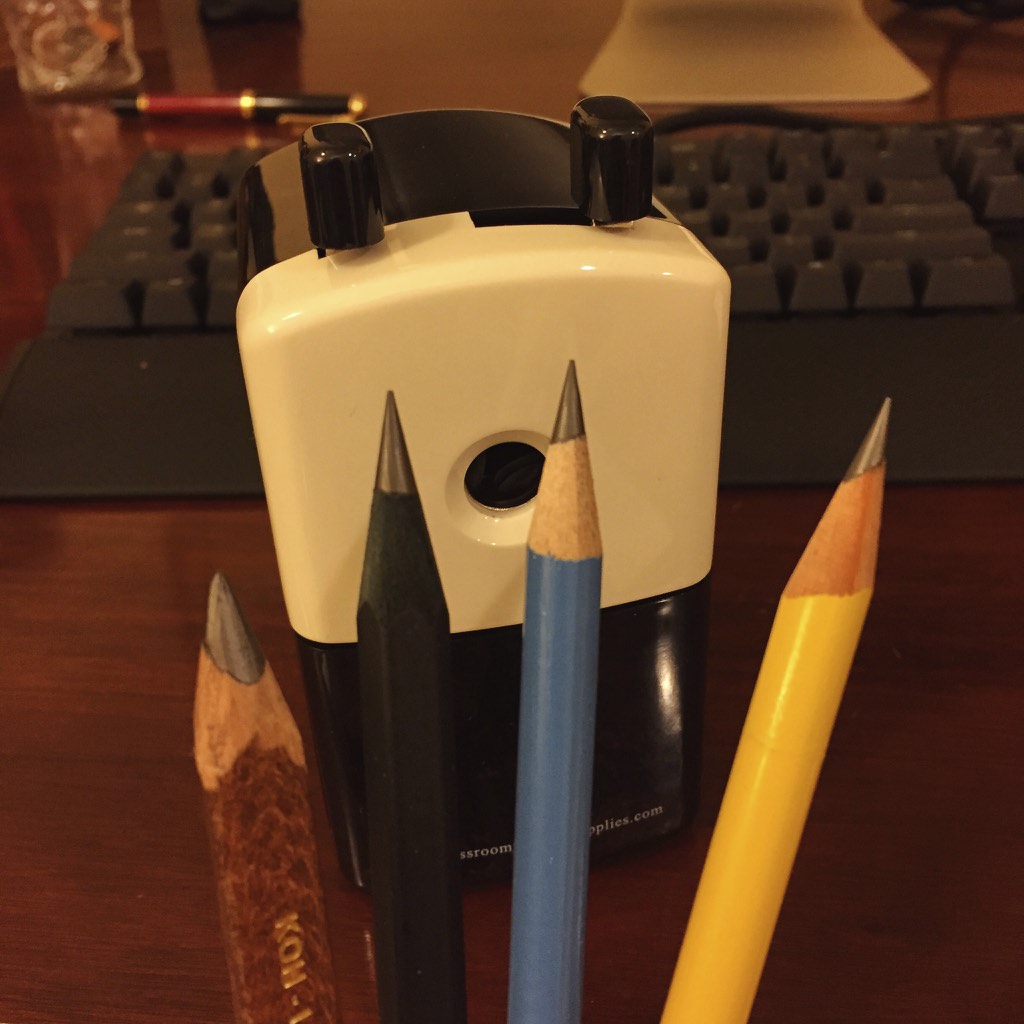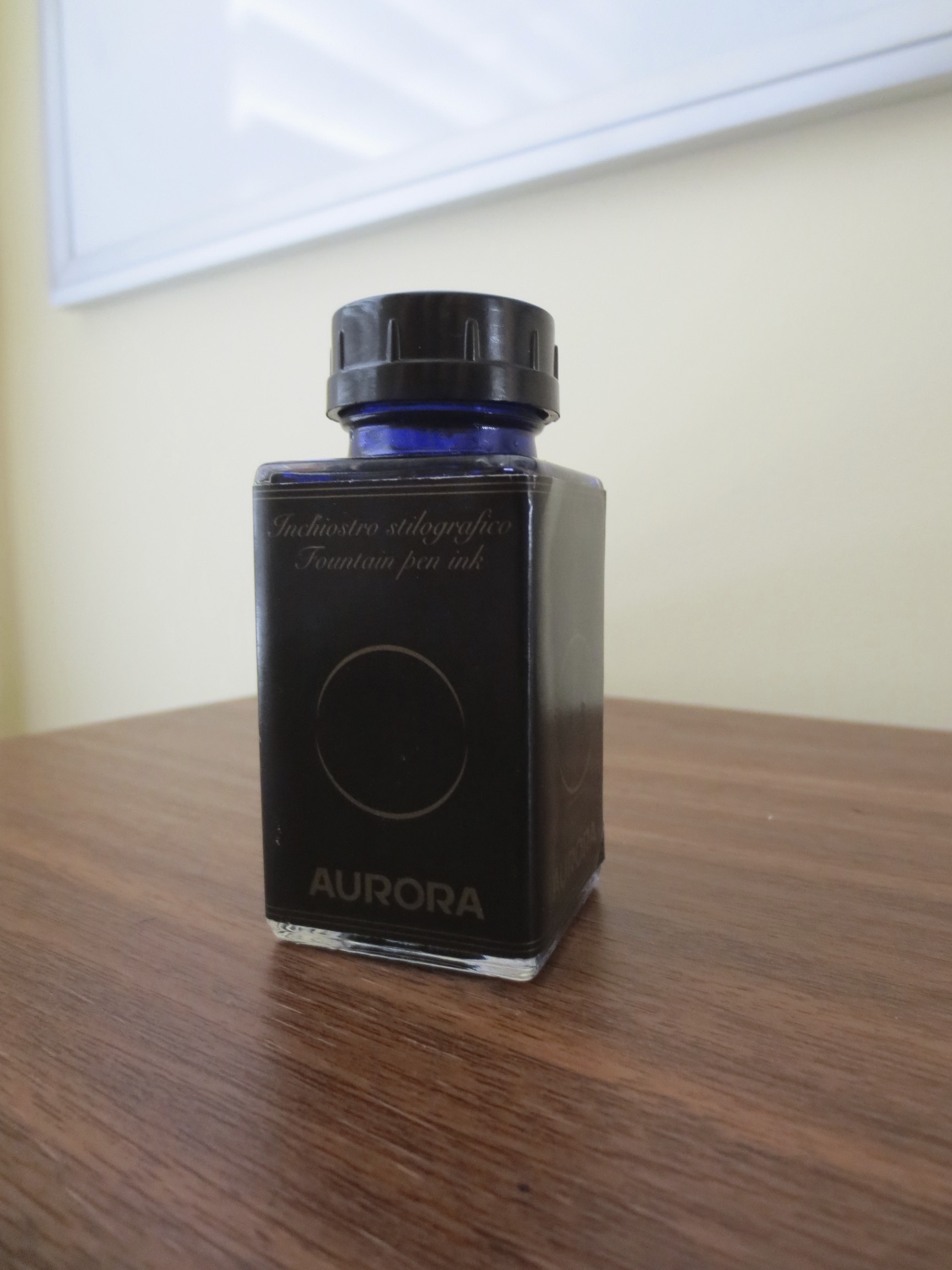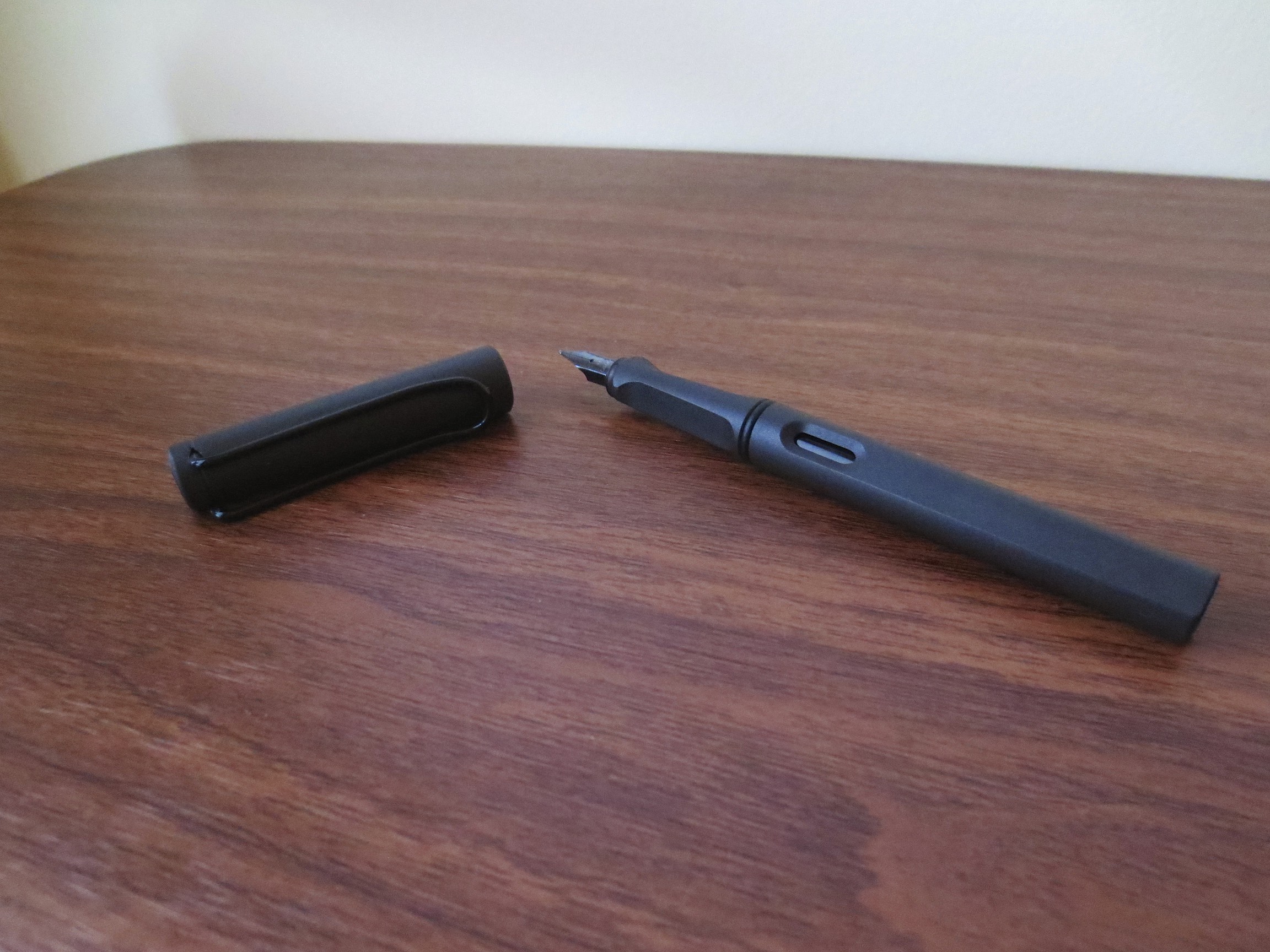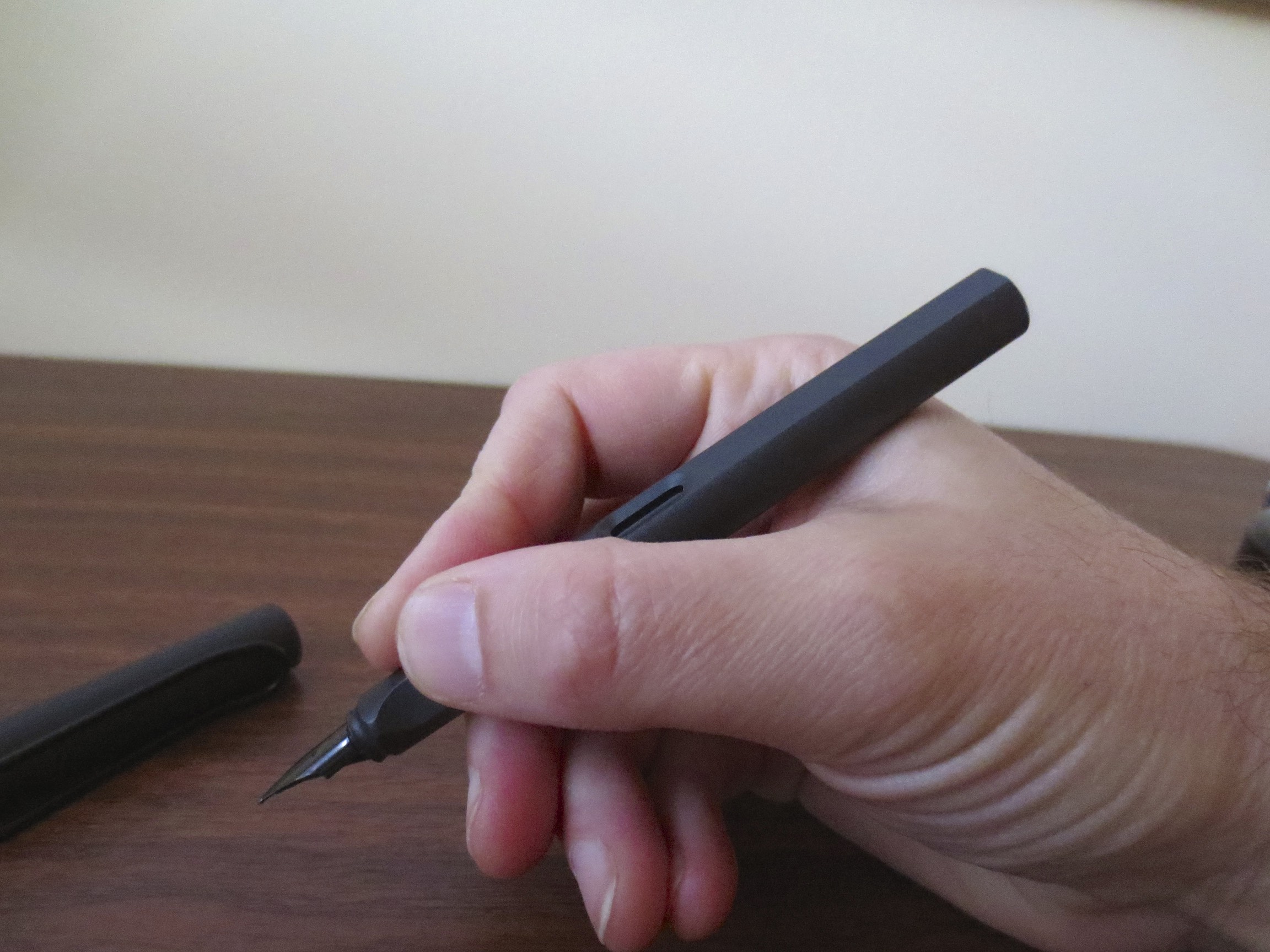Not much needs to be said about this beauty. I'm an unabashed fan of jumbo and mini-jumbo pencils, especially round ones, because I find that they can be much more comfortable to hold for long stretches of time than the standard No. 2. The drawback is that it's extremely difficult to find a sharpener that fits a larger pencil, and the ones that do put a short, stubby point on the pencil that lasts for about 10 minutes. I'm here to tell you that Classroom-Friendly Supplies has solved that problem.
Classroom Friendly Supplies is a company operated by teachers, formed with the purpose of selling high quality, relatively quiet pencil sharpeners at a reasonable price. Sick of those wall-mounted and/or electric sharpeners that don't sharpen properly and eat your pencils? I hated those things when I was in school. (And, apparently, teachers hate them because they are extremely loud.) Classroom Friendly Supplies offers two models: a sharpener for standard-girth pencils (reviewed here at Pencil Revolution), and the version that I'm reviewing here, which is the jumbo sharpener (technically called the "Large Hole Sharpener"). The standard version is made out of metal, the jumbo out of plastic, and both operate via the same slide-out-the-faceplate, insert-pencil-into-grip, and crank method that does a great job of not only forming very sharp points but preserves your pencils by doing only as much sharpening as is necessary.
While you can use the Classroom Friendly Jumbo Sharpener to sharpen regular pencils, it does not produce the satisfyingly long point that the regular Classroom Friendly Sharpener does. Here you can see the Jumbo Sharpener loaded with a pencil, ready to go. Just crank!
Takeaways
Classroom Friendly sharpeners are great products. I have two of them, and love them. The standard model that I have was purchased with my own funds, and I've been using it for a couple years. In the interest of full disclosure, this jumbo model was provided to me free of charge for review purposes by Classroom Friendly Supplies. All of their sharpeners can be purchased directly through their website for the very reasonable price of $24.99 each, and I believe there are also educator and volume discounts available. If you wear out your sharpener (which I imagine would take quite a while), you can also purchase replacement parts. Classroom Friendly Supplies has generously allowed me to use an affiliate link here, so if you want to purchase a high-quality sharpener, and do so through this blog, I will receive a small commission.










